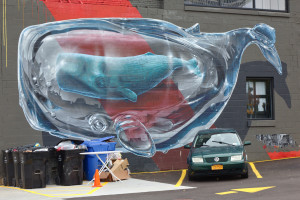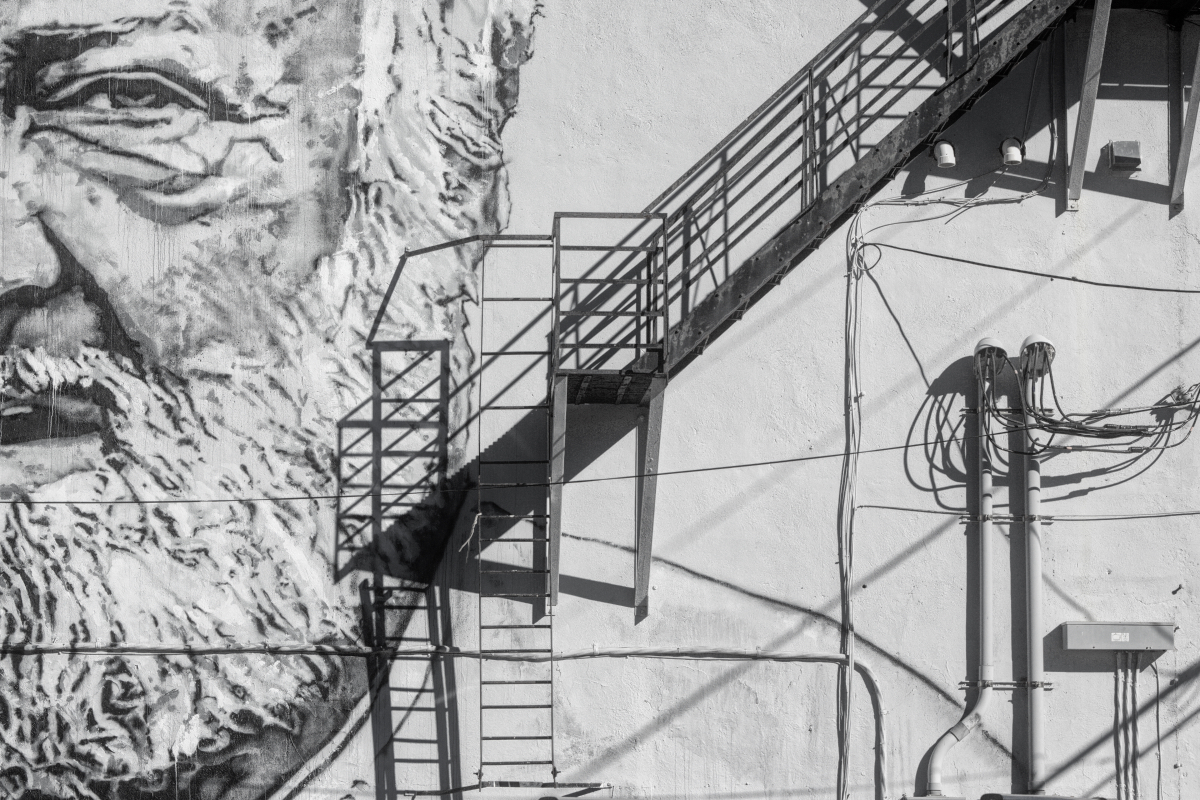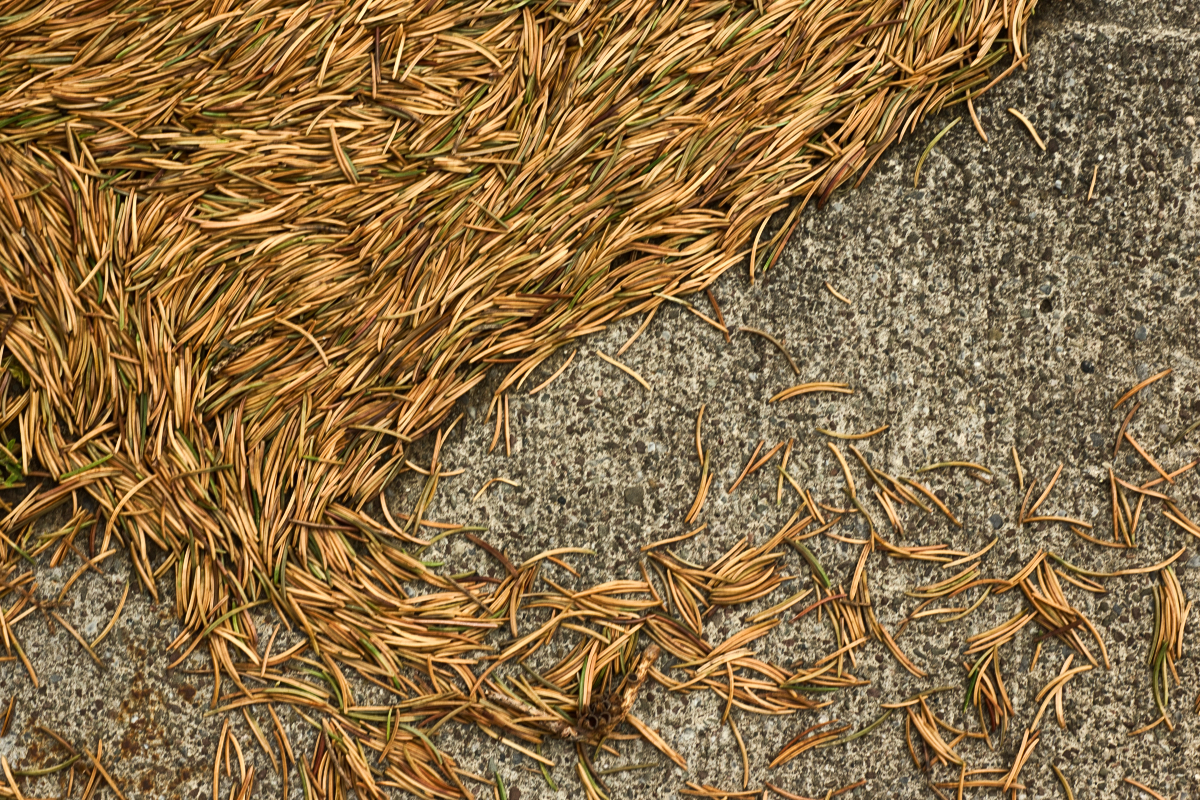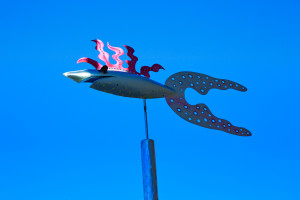..
Tamron SP 85mm f1.8 Prime lens
Before I discuss this great lens, I want to talk about PRIME lenses. The article will follow below.
What is a prime focus lens?
In general, a lens having a fixed focal length can be referred to as a Prime Lens. It means that the Prime lens has a single focal length, which produces a specific angle of view within the format (size and aspect ratio) of the camera sensor when focused at infinity. It also means that the lens focal point, when focused at infinity has a set distance away from the sensor.
Lake Ontario – © John Neel – 2017
A Prime lens is a lens with a single fixed focal length. As an example, a 90-mm fixed focal length is considered a 90-mm prime. Prime lenses are unifocal in that they produce a single perspective view.
Yes, I said perspective.
Every lens produces an Image circle. The angle of view is determined by the way the lens crops that circle. We don’t see the entire circle due to the lens design and the crop of the sensor or film gate.
Different focal length lenses crop their image circle differently. The scale of the image circle is smaller on a wider lens than it is with a longer lens. Longer lenses crop a magnified view of the central portion, while wider lenses crop closer to the edges. A normal lens is a lens that produces a perspective that seems ‘Normal’ to the eye. Things appear to be at a distance that conforms to human vision. The angle of view is what determines how much of the scene will be captured within the x and y-axis – the width and height of the imaging area. That view has to do with the focal length relative to the crop of the sensor used – the sensor aspect ratio and its size.
Longer lenses crop a magnified view of the central portion, while wider lenses crop closer to the outer edges of their own image circle which has a smaller diameter. The diameter of the image circle is smaller on the wider lens than it is with a longer lens. The angle of view is what determines how much of the scene will be captured within the X and Y-axis of the sensor – the width and height of the capture area. That view has to do with the focal length relative to the crop of the sensor used, the sensor aspect ratio, and size.
However, as I discuss in my book, there is also a Z-axis that determines the magnification and separation of objects in a scene. That is what I refer to as perspective in this article. It has to do with the apparent separation of details in an image along the Z-axis – the line that runs through the center of the lens towards the horizon. To me, perspective is what makes the image seem closer or farther away. But it also provides a sense of closeness or separation between subjects along the Z-axis of the scene.
It is a way of thinking about your subject and the lenses you might use. It is how I think when I make photographs. For me, it is a practical way of realizing my subjects. I do not usually think in terms of angles of view when I am photographing. I only need to understand the differences in terms of how the lens renders receding or magnified subjects. Thinking in terms of angle of view has little value when you already know what the lens will see.
The following is a discussion about the Tamron 85mm f/1.8 is in part about becoming one with your lens.
Please Read – Disclosure Statement
Tamron SP 85mm F/1.8 Di VC USD
There are many good reasons to use a prime focus lens. Probably the most interesting to me is that the user becomes accustomed to seeing the world through a particular framing and a particular perspective. While it makes my work a bit more of a challenge, it is what makes me look harder at my subjects.
Whenever I have a zoom lens mounted to my camera, I tend to set the lens at a fixed focal length so that I can sense the subject through that particular perspective. It is a habit I formed years ago when shooting film, which comes mostly from using prime lenses. While it might seem restrictive, it allows me to concentrate on being at the right spot to capture a certain perspective. Even when the lens I’m using is a zoom, I generally set the lens at a specific focal length and search for subjects that fit that specific point of view.
I always feel the need to take a camera wherever I go. I carry a single camera with a single lens that I believe has the best chance at capturing what I hope to find. This decision has everything to do with feeling at one with the camera, the lens, and my expectation of a given perspective.
My latest book – Focus In Photography
When I photograph with a prime lens, I am looking for the subjects that fit that framing. As such, it becomes much more of a challenge to find the particular vantage points that permit the best picture framing, the best angles to explore, compression of details, and depth of field considerations.
To me, it is an advantage. Rather than zooming back and forth, I walk around my subjects, looking at the scene from different angles and distances. I force myself to work a bit harder to really see the subject and to find the sweet spot that yields the best vantage point within all possible angles. I believe this forced view of the world is actually a good thing for developing anyone’s ability to see the world and to find the subjects it holds.
Tamron claims that the latest Tamron SP 85mm F/1.8 is the world’s first 85mm fast-aperture lens with image stabilization.
While I find this lens to be quite comfortable to carry, it is a fairly large lens. This is because it’s also a fairly fast lens. By fast, I mean that it has a very large aperture of f1.8. While there are other 85mm lenses that may produce similar apertures, the Tamron 85mm is a lens with a very fast aperture as well as image stabilization. In order to accommodate such an aperture, the diameter of the lens must be large enough to accommodate the large diameter lens opening and the entire mechanism that controls it – including the motors that govern the vibration control.
In the history of photography, there are many variables that have been exploited for the way lenses handle light. I cover much of that in my latest book – Focus In Photography.
One of the more interesting properties of any lens has to do with its ability to produce out of focus – the areas that reside on the extremes of the depth of focus or DOF.
Prime lenses such as the 85mm Tamron require that the photographer locates the sweet spot and the framing by moving through the scene to the exact spot needed to produce the best results. Unlike a Zoom, which in my opinion, can cause the photographer to become a little lazy, or less likely to search the subjects to find that point in time and space where the lens works its best point of view.
Magic is part of the result when the photographer realizes the potential in his hands for reproducing the image that brings the vision to life.
Please Read – Disclosure Statement
The beauty of a lens like this is that it is probably best used to force the separation of details. Large fast apertures, especially on telephoto lenses produce a wonderfully thin depth of field, which makes for very beautiful background bokeh, which this lens is a perfect example. Background information all but disappears into amazing bokeh.
Probably the most important thing about searching for your subjects with any lens is to discover the world through its unique view. Discovery is one of the motivations of image creation. It is the act of searching and finding of photographic subjects that opens your eyes to the world.
Besides focus, one of the more important controls on any lens is the aperture, its maximum and minimum opening is what controls the depth of focus.
Here is a link to the Tamron SP 85mm F/1.8 Di VC USD
To me, a fast lens is about thin planes of focus. At its widest opening of 1.8, the 85mm Tamron achieves a beautiful balance of sharpness, a wafer thin range of detail and a wonderful bokeh throughout the frame.
In my book – Focus In Photography, I discuss the concept of the scene having three axes. Those three axes include what is referred to as the Z axis, which follows the axis of the lens. That axis is critical to not only the focal length but as to how and where the lens is focused.
Each time I go for a walk, I find something to photograph. Even if it is familiar territory such as a walk around the block, the world finds ways of changing from the time before. I find that the light has changed and there are always new things to see. That change in scenery makes my walks a great time to have my camera along. The 85 mm Tamron is an easy lens to take on those walks.
This lens, with its slightly longer focal length, brings those things a little bit closer, allowing me to concentrate on smaller details within the larger view without the need to get too close in order to fill the frame.
Foreshortening is what happens with longer than normal focal length lenses. The slight image compression, which the 85mm lens offers makes the world seem a little closer and tends to mildly flatten the world in terms of subject distances.
Here is a link to the Tamron SP 85mm F/1.8 Di VC USD
As an artist, as well as an author of photographic books, I depend on my lenses to create what I see, what I feel and what I’m trying to understand about my subjects. It is also important that the lenses I use are capable of rendering the qualities that are requered for illustrating the techniques I write about in my books.
The lens is the ultimate tool for any photographer. To me, the primary purpose of a lens is to render the image to the degree necessary for the work at hand. While I only ask that it is capable of creating the image I need, its qualities need to permit a certain degree of control and quality for the creative expression I hope to capture.
This is a great lens to add to my arsenal of lenses. It is both fun to use and easy to operate. Best of all, it is a lens that satisfies my requirements for a short-medium focal length lens. It has the kinds of image quality that I expect and a build quality that should last for years. The images it produces are beautifully rendered, with a lovely bokeh and the wide aperture separates the subjects with a very thin plane of sharp focus. For my money, this is a great prime lens. The 85mm focal length is a great all around lens to take on any outing. Especially when you can perceive the subjects in the same aspect as the lens.
While some seem to think the only way to get a great image is to spend enormous amounts of money on the finest glass, I am of the belief that different lenses can be empowered with a magic of their own. That they have inherent qualities that make them perfect for producing a certain look or a certain feel.
To find out more about lenses and focus, please read my latest book – Focus In Photography. In it, I open the doors for new concepts with lenses and focus control.
The camera used for this post was a Canon 5D MKIII – Full Frame. All of the images produced for the article were created using MacPhun Aurora HDR and Luminar imaging software.
Links to books:
Focus In Photography – Amazon
Focus In Photography – Barnes and Noble
Focus in Photography – Book Depository
Here is a link to the Tamron SP 85mm F/1.8 Di VC USD
Please Read – Disclosure Statement
NOTICE of Copyright: THIS POSTING AS WELL AS ALL PHOTOGRAPHS, GALLERY IMAGES, AND ILLUSTRATIONS ARE COPYRIGHT © JOHN NEEL AND ARE NOT TO BE USED FOR ANY PURPOSE WITHOUT WRITTEN CONSENT FROM THE WRITER, THE PHOTOGRAPHER AND/OR lensgarden.com. THE IDEAS EXPRESSED ARE THE PROPERTY OF THE PHOTOGRAPHER AND THE AUTHOR.










